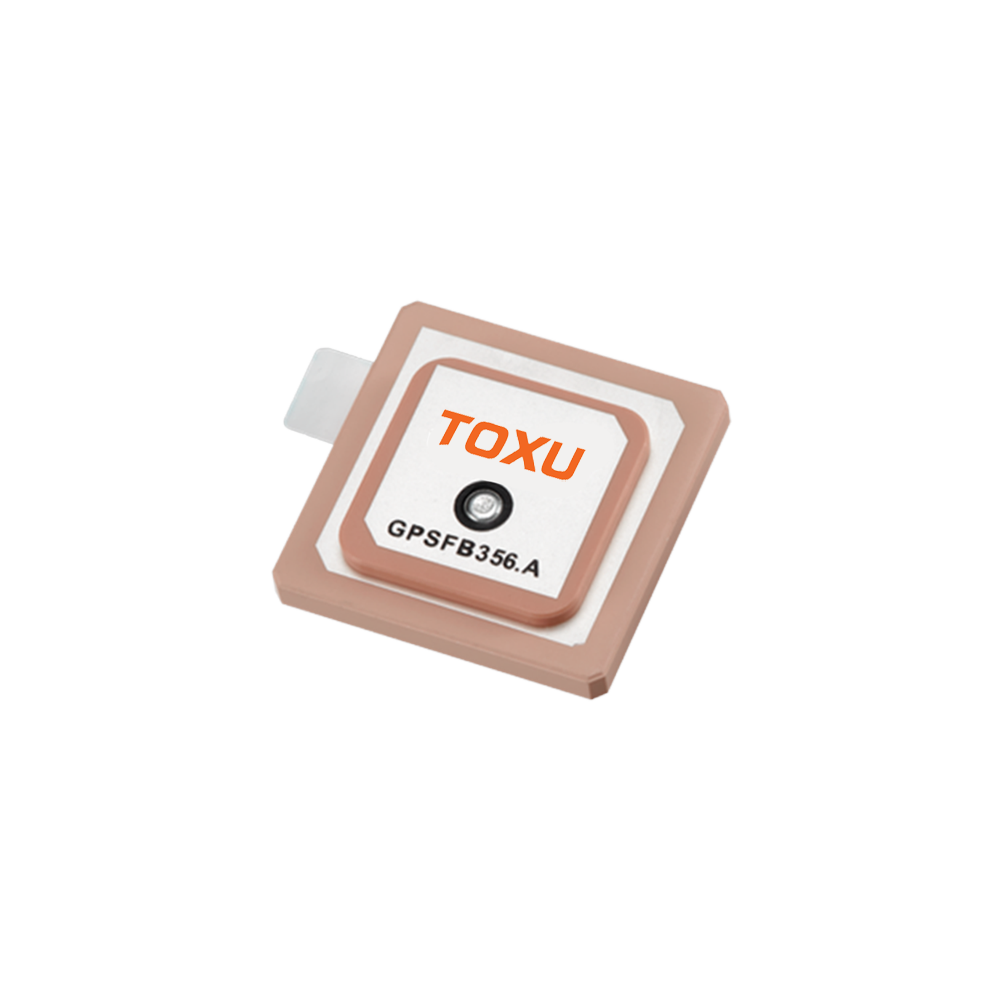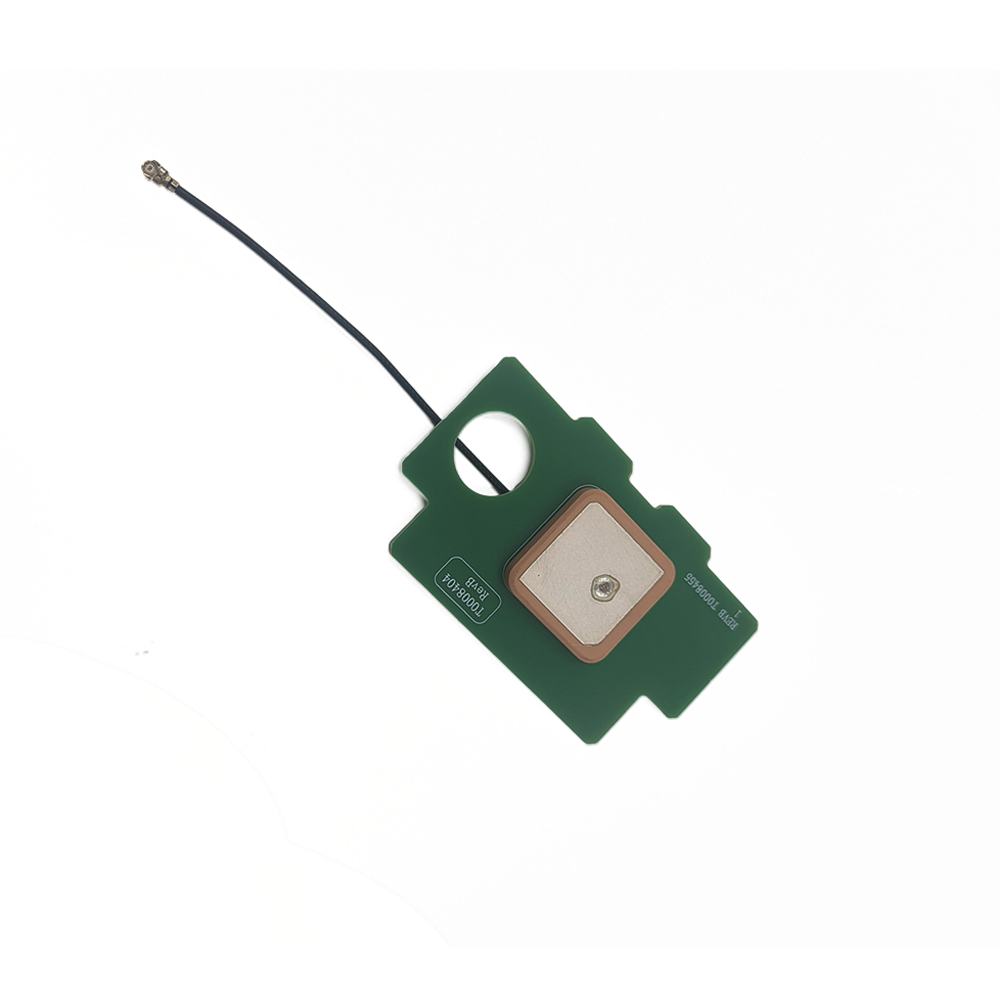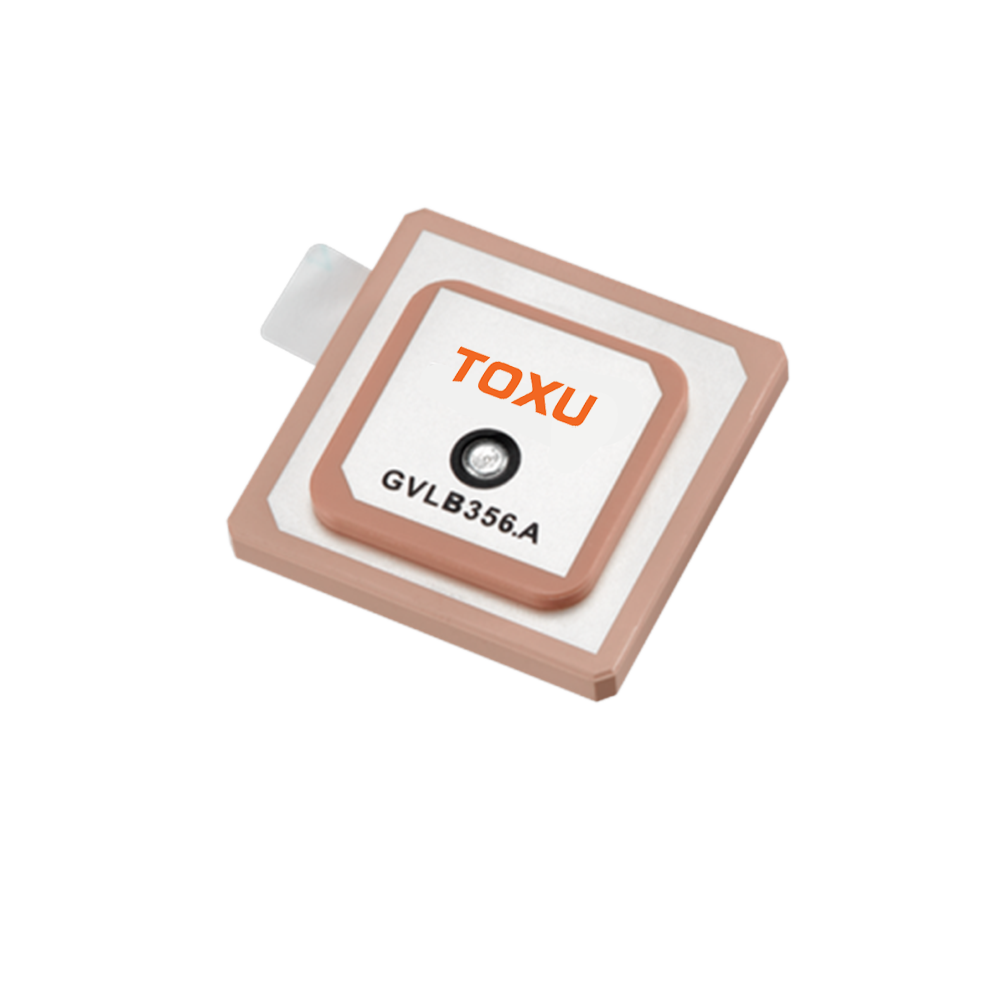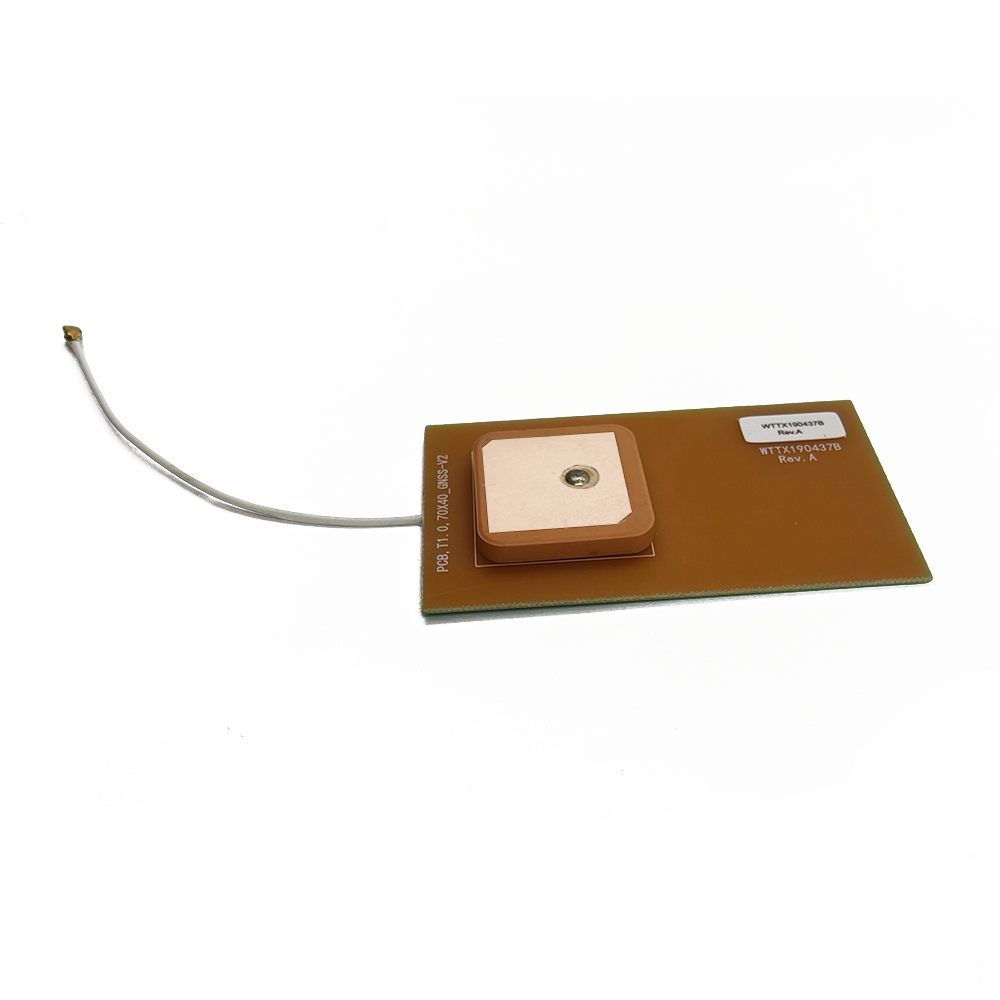5.1 Current Applications
5.1.1 Autonomous Vehicles
In the field of autonomous vehicles, high - precision custom GNSS patch antennas are essential. Autonomous cars rely on accurate positioning information to navigate safely on the roads. The centimeter - level accuracy provided by these antennas allows the vehicle to precisely determine its position relative to the road, other vehicles, and obstacles. This information is used by the vehicle's control system to make decisions such as when to accelerate, brake, or turn. The antennas also play a role in vehicle - to - everything (V2X) communication, where the vehicle exchanges information with other vehicles, infrastructure, and pedestrians.
5.1.2 Precision Agriculture
Precision agriculture has seen a significant uptake of high - precision GNSS patch antennas. Farmers use these antennas to precisely control agricultural machinery, such as tractors and sprayers. The accurate positioning allows for variable - rate application of fertilizers, pesticides, and seeds. This means that farmers can apply these inputs only where they are needed, reducing waste and environmental impact. The antennas also help in mapping the fields, identifying areas with different soil conditions, and monitoring crop growth.
5.1.3 Surveying and Mapping
Surveying and mapping industries rely heavily on high - precision GNSS patch antennas. Land surveyors use these antennas to accurately measure distances, angles, and elevations. This information is used to create detailed maps of the Earth's surface, which are used in various applications, including urban planning, construction, and environmental monitoring. The antennas are also used in aerial and satellite mapping, where they help in precisely georeferencing the images.
5.2 Future Trends
5.2.1 Integration with Other Technologies
In the future, high - precision custom GNSS patch antennas are likely to be integrated with other technologies. For example, they may be combined with inertial navigation systems (INS) to provide even more accurate positioning. INS can provide short - term accurate positioning when GNSS signals are temporarily unavailable, such as in tunnels or dense urban areas. The combination of GNSS and INS can create a more robust and reliable positioning system. There is also a trend towards integrating GNSS antennas with 5G and future wireless communication technologies. This integration can enable new applications, such as real - time traffic monitoring and smart city management.
5.2.2 Development of New Antenna Designs
Research is ongoing to develop new antenna designs that offer even better performance. One area of focus is the development of antennas with higher gain and broader bandwidth. Higher gain antennas can receive weaker signals, improving the performance in areas with poor satellite visibility. Broader bandwidth antennas can support more GNSS frequency bands, further enhancing the accuracy and reliability of the positioning. New materials, such as metamaterials, are also being explored for antenna design. Metamaterials can be engineered to have unique electromagnetic properties, which can be used to create antennas with improved performance.
5.2.3 Expansion into New Markets
As the performance of high - precision custom GNSS patch antennas improves and the cost decreases, there is potential for expansion into new markets. For example, in the healthcare industry, these antennas could be used in wearable devices for patient tracking and monitoring. In the logistics industry, they could be used to improve the tracking of goods in transit. The growth of the Internet of Things (IoT) also presents opportunities for these antennas, as more and more devices require accurate positioning information.
6. Conclusion
High - precision custom GNSS patch antennas have emerged as a critical technology in various industries. Their ability to provide accurate positioning, combined with their compact size and low power consumption, makes them suitable for a wide range of applications. The design and construction of these antennas involve careful consideration of factors such as geometry, ground plane, feeding mechanisms, and manufacturing processes. The working principles of these antennas, including electromagnetic wave reception, signal conversion, and multipath mitigation, are complex and rely on advanced technologies.
Despite the many advantages, there are also challenges associated with these antennas, such as interference susceptibility, multipath effects, and cost. However, ongoing research and development efforts are focused on addressing these challenges. The future of high - precision custom GNSS patch antennas looks promising, with trends such as integration with other technologies, development of new antenna designs, and expansion into new markets. As these trends continue to unfold, these antennas are likely to play an even more significant role in shaping the future of navigation and positioning - based applications.




































































 Language
Language
 En
En Cn
Cn Korean
Korean

 Home >
Home > 








 18665803017 (Macro)
18665803017 (Macro)













